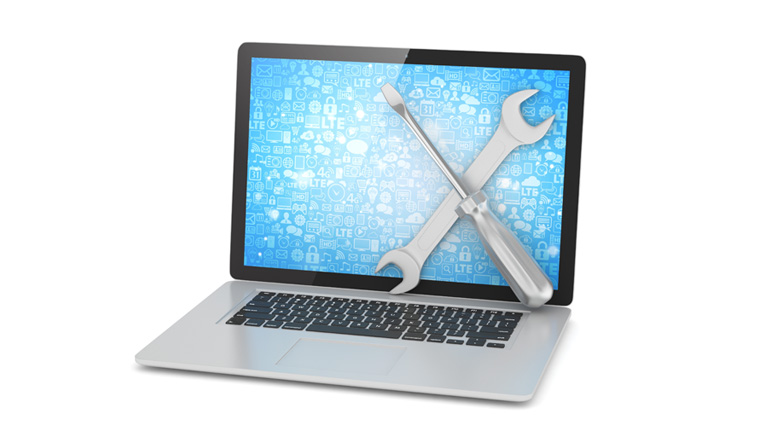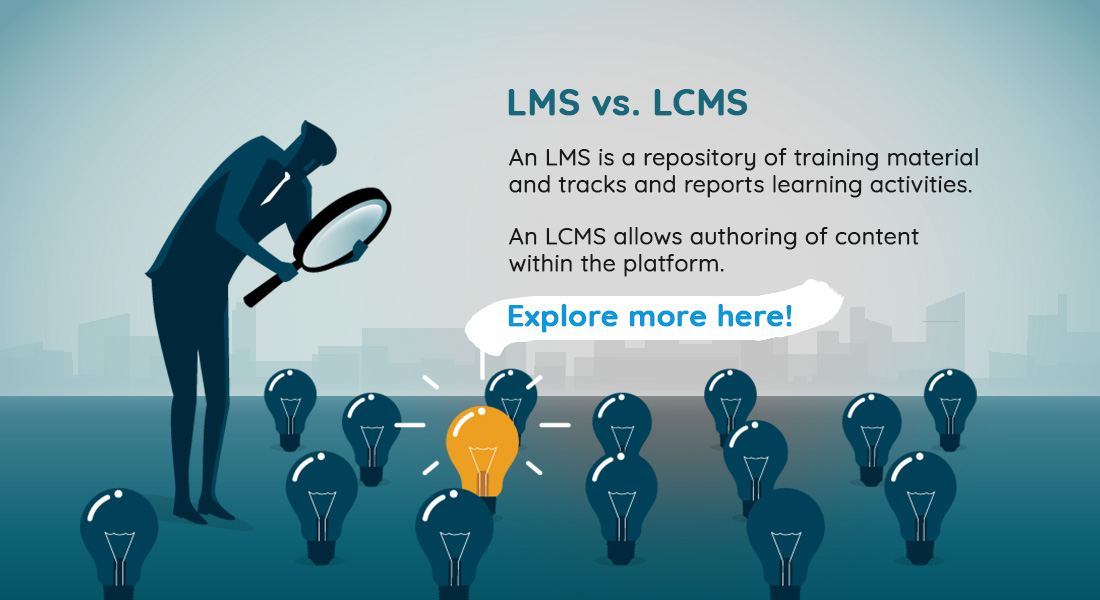How Effectively Can an LMS be Used for the Delivery of SCORM Packages

Though the usage of Learning Management Systems (LMSs) to deploy SCORM packages – (e-learning courses) – by companies is becoming common, there are still many out there that know they need to deliver their SCORM packages but are not sure of how to go about it.
The reasons could be:
- No knowledge of how LMSs work
- Unfamiliarity with the strategy of blended systems
If this sounds like your organization, who is yet to take the plunge and does not know how, you and your employees are losing out on some valuable features. In this blog, let us brush up on some basic knowledge about an LMS and the various benefits it offers.
What is a Learning Management System? Why is an LMS important?
A Learning Management System (LMS) is a software application that is used to plan, deliver, manage, track, and host SCORM packages. To explain an LMS in the simplest form, it’s an application organizations use to host SCORM packages, through which learners can access training resources.
With technology development and the learning needs of modern learners, the use of classroom-based approach has been rendered inadequate. To remedy the limitation of traditional approaches, organizations adopt an LMS to deliver personalized learning and engaging content.
There are a number of benefits to using a learning management system. Here, we will reveal a few more benefits of using an LMS to deploy SCORM packages. Let’s look at these benefits in detail.
1. Administer courses efficiently
Just as important as the delivery of SCORM packages is, their effective administration is also important. Instead of having your SCORM-based e-learning courses in different places, LMS lets you store all of them in one single location, in a remote server. Most companies have an LMS administrator who is responsible for managing LMS functions such as:
- Defining user roles and the ability to add bulk users
- Uploading courses to the LMS
- Generating custom certificates
An organization can use an LMS not only to allow administrators to manage the functions but also other key people in the company such as training managers and team leaders.
2. Automate e-mail communication
It would be frustrating and also time-consuming to send personalized messages manually to every learner to whom a training has been assigned. Thanks to the LMS, you will be able to send automated notifications in bulk. Automated notifications are a good way to keep your learners and instructors (even administrators), abreast of what’s happening in your training schedule. You can provide your learners with information such as upcoming assessments, training schedules, assessment results, and so on.
All notifications will be sent through e-mails by the learning management system automatically. For learners who do not have access to e-mail, they can receive training updates through SMS (short messaging service).
3. Flexible access to learning materials anytime anywhere
Once you have uploaded your SCORM packages onto the learning management system, learners will have 24X7 access to the content they need. Learners who are on the go can simply login to the LMS platform via their smartphones/tablets.
Companies also use an LMS, as a centralized repository to store resources (such as videos, infographics, podcasts, webinars, PDFs, etc.) that might come in handy when at work, apart from just hosting SCORM packages. These resources act as performance support tools that can be easily accessed by learners on their smartphones.
4. Obtain better results through engagement and gamification
Today’s LMSs, unlike their predecessors, provide excellent support to the delivery of gamified learning experiences. Certain elements in the LMS can be gamified to engage learners better with game mechanics such as awarding points, generating badges, displaying the scores of learners on leaderboards, and so on.
Gamification in LMS engages learners and improves their participation by fostering competition among them. For example, a leaderboard can be displayed on learners’ dashboard showing their course progress or completion rates, against peers and colleagues. Certificates could also be used to motivate learners, acknowledging course completions and their efforts spent on it.
5. Generate a wide range of reports (learner activity, course reports)
This is the single most powerful feature of a learning management system – its ability to report and track learners’ activity. The reporting capability of an LMS gives administrators access to a wide range of reports that are generated from the activity of each learner within the courses they undertake. Some of the key measurements that can obtained from this feature are: the amount of time a learner has spent on a particular course, their progress within the course, and their responses to course assessments.
The information gathered by the learning management system (reports, for example) is more useful to the training manager, because he/she can use this information to take key decisions regarding the content and duration of the training. The LMS can generate various reports that provide valuable feedback about courses, training programs and their relevance to users, which in turn helps measure training effectiveness. The reports you generate can be used to calculate the ROI of the training, too.
Learning management systems save organizations valuable time and money. It enables them to manage the deployment of SCORM packages, train a large group of learners, and provide learners with an anytime-anywhere access to training materials (making it more user-centric). Instead of asking yourself, “why use a learning management system to deploy SCORM packages?” it might be better to ask, “Why not?“.





